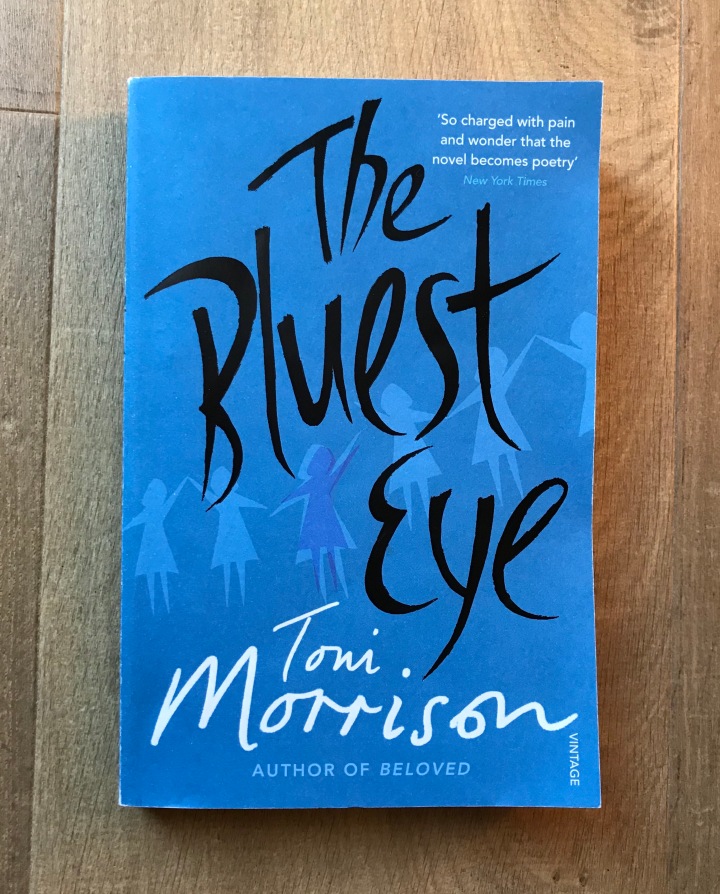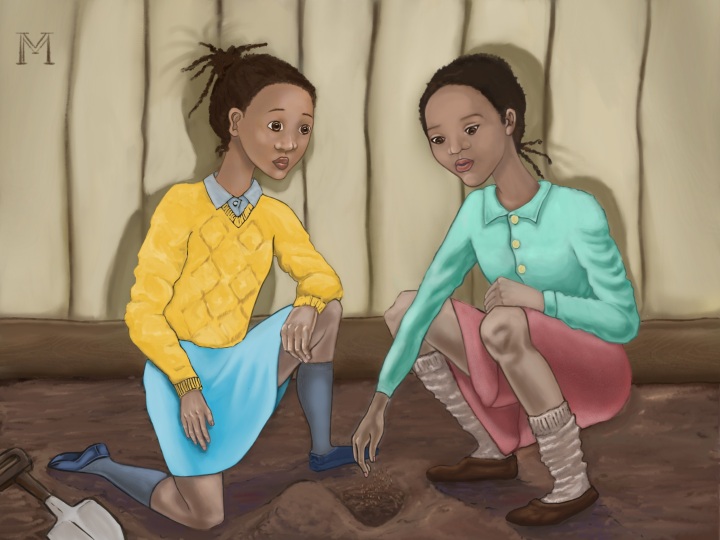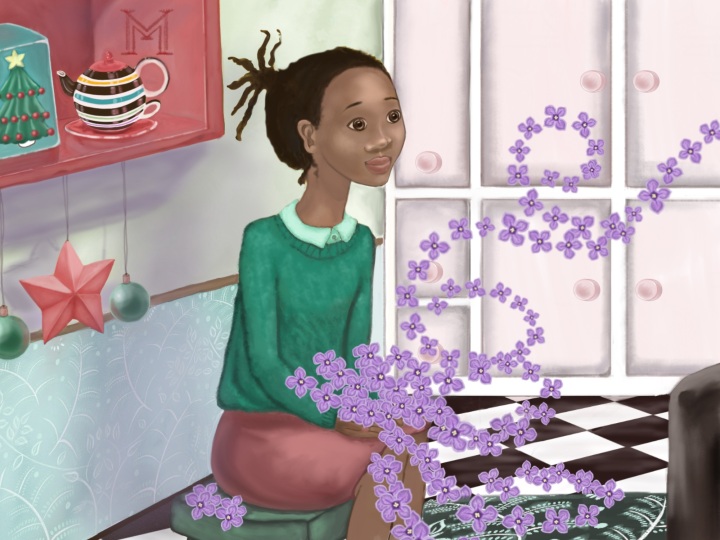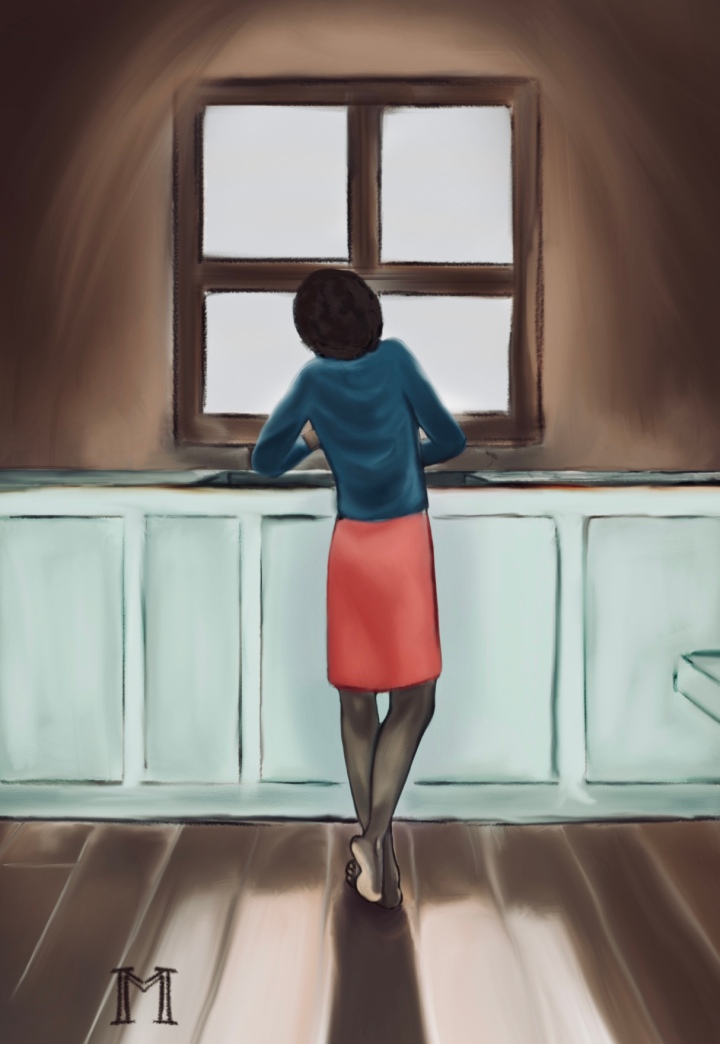 You just a black man in this world
You just a black man in this world
You just a barcode, ayy
…
I kenneled him in the backyard
No proper life to a dog
For a big dog
This is America, Childish Gambino
Published in 1970, The Bluest Eye is Toni Morrison’s first novel. It tells the disturbing story of Pecola Breedlove, a young black girl who desperately desires to have the bluest eyes, believing that blue eyes could transform her life. It is a story that tells, in a non-chronological order, in whispers and shared secrets, the devastating effects of racial self-loathing and the uglification of black.
In Pecola’s blue-eyed fantasies her parents would look at her and say “Why, look at pretty-eyed Pecola. We mustn’t do bad things in front of those pretty eyes.” Because Pecola believed she was ugly. Her mother “knowed she was ugly. Head full of pretty hair, but Lord she was ugly.”
Pulizer prize winner Morrison invites us to look at Pecola’s young life, and possibly perceive her misfortunes as the accumulation of a history of deprivation, of poverty, of lack of dignity. This environment provided the momentum for the downward thrust that was Pecola’s life, a life surrounded by incest, prostitution and domestic violence.
Written at the time of the Black Is Beautiful movement of the late 1960s African-American culture, Morrison wrote a novel about internalised racism and its damaging effects on young black girls – some petty and slight as in the case of the main narrator Claudia, some tragic and life stifling as in the case of the young and vulnerable Pecola.
There have been numerous attempts to ban this book from libraries and schools due to controversial topics including racism, incest and child molestation. Yet it remains a really important read for anyone who wants to understand the social element in creating a perpetrator.
Besides, this book is a must read as:
- It challenges the social and cinematographic ideals of beauty and the belief that love is for the beautiful.
- It eloquently defines a new concept of beautiful which goes beyond the static.
- It sensitises the reader to the injustice, cruelty and absurdity of racism.
- The language is intimate, personal, free.
While preparing these images I tried to recreate the feelings, the tension, the pure simple joy and in the last image the inebriation of a desperate perpetrator and the total helplessness of a being about to be broken.



Thanks for reading 😊.


Your artwork is beautiful Maria! Well done!
Thanks Matthieu, made my day! 😄